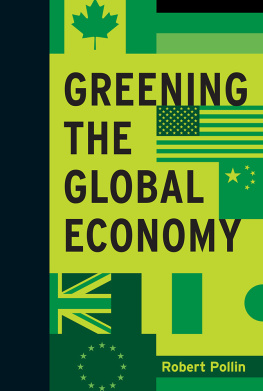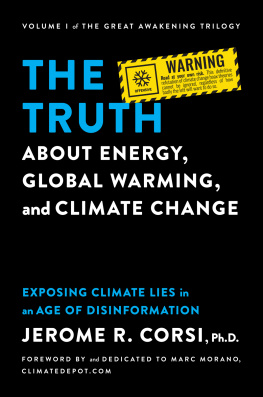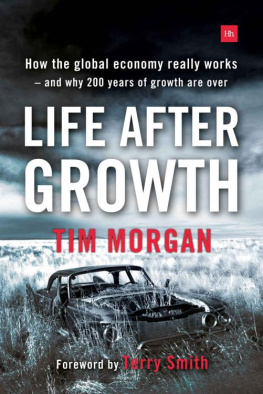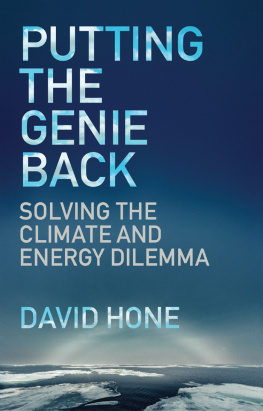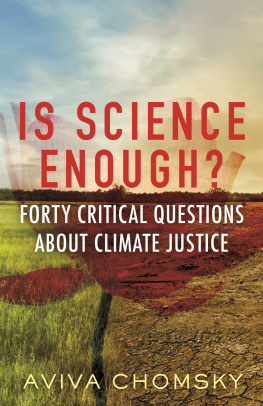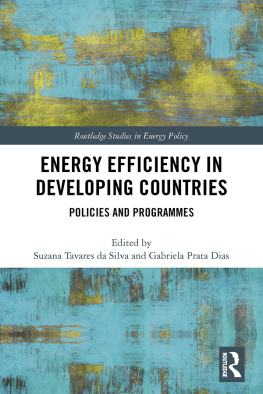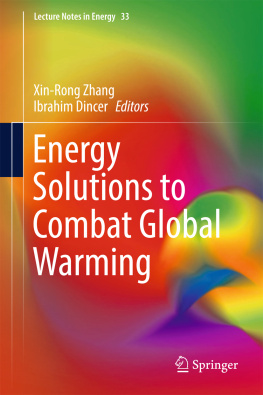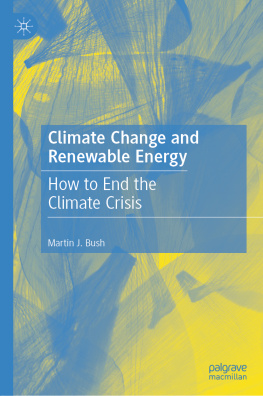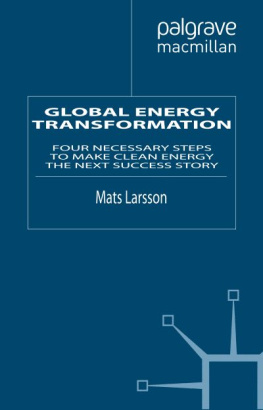Greening the Global Economy
Greening the Global Economy
Robert Pollin
A Boston Review Book
The MIT Press
Cambridge, Massachusetts
London, England
2015 Massachusetts Institute of Technology
All rights reserved. No part of this book may be reproduced in any form by any electronic or mechanical means (including photocopying, recording, or information storage and retrieval) without permission in writing from the publisher.
MIT Press books may be purchased at special quantity discounts for business or sales promotional use. For information, please email special_sales@mitpress.mit.edu.
This book was set in Stone by Boston Review and printed and bound in the United States of America.
Library of Congress Control Number: 2015953018
ISBN 978-0-262-02823-3 (hc. : alk paper)
10 9 8 7 6 5 4 3 2 1
d_r0
Contents
For Judy Fogg, Jerry Epstein, and Jim Boyce
wonderful PERI co-workers; tremendous friends
Introduction: The Global Green Energy Challenge
We are not on track to meet these goals. If global economic growth follows roughly the trajectory it has taken over the past century, and especially the past fifty years, global emissions will not fall at all, but rather increase persistently with time.
What happens if we fail to meet the IPCCs emission reduction targets? Nobody knows for certain. But the overwhelming consensus from leading climate scientists is clear about what we should take to be serious possibilities. Climate scientist Kerry Emanuel of MIT has offered the following perspectives in his book What We Know About Climate Change:
- There will be more frequent and intense heat waves, previously fertile areas in the subtropics may become barren, and blights may seriously affect both natural vegetation and crops.
- Comparatively small shifts in precipitation and temperature can exert considerable pressure on governments and social systems whose failure to respond could lead to famine, disease, mass emigrations, and political instability.
- Were the entire Greenland ice cap to melt, sea level would increase by 22 feet, flooding many coastal regions, including much of Southern Florida and lower Manhattan. Eleven of the fifteen largest cities in the world are located estuaries and all would be affected.
- The 2005 hurricane season was the most active on record, corresponding to the record warmth of the tropical Atlantic.... Globally, tropical cyclones cause staggering misery and loss of life (2012, pp. 55-57).
This book proposes measures to reduce that portion of CO2 emissions produced by burning fossil fuelsoil, coal and natural gasto generate energy. Climate change cannot be entirely blamed on we humans consuming oil, coal, and natural gas to generate energy. But people consuming fossil fuels for energy can be blamed for about 80 percent of the problem. More precisely, of the 45 billion tons of total global greenhouse gas (GHG) emissions in 2012, about 82 percent resulted from energy production and consumption. This includes about 30 billion tons of CO2 emissions generated by burning oil, coal, and natural gas, equaling about two-thirds of total global GHG emissions.
Controlling methane and nitrous oxide emissions from agricultural as well as other, smaller sources of emissions will of course be necessary to advance a successful global climate stabilization project. But this book will focus on the roughly 80 percent of the problem that we can solve by burning less oil, coal and natural gas, as well as, to a lesser extent, high-emissions renewables. To achieve this goal, it is plausible to start with the premise that global CO2 emissions will need to fall by at least the same rate as overall GHG emissions40 percent within twenty years, and 80 percent by 2050. This means that global CO2 emissions will need to be no more than about 20 billion tons by 2035 and 6.7 billion tons by 2050.
The emissions reduction target is the first and most important element of a transformational clean energy project. But to be successful, it is imperative that this project also commit to expanding economic well-being throughout the world. We need to start here with job opportunities. The reason is straightforward. Does someone in your family have a job, and if so, how much does it pay? For the overwhelming majority of the worlds population, how one answers these two questions determines, more than anything else, what ones standard of living will be. We therefore must explore in depth how any climate stabilization program will impact job opportunities throughout the globe.
There is a widely held belief that protecting the environment and expanding job opportunities are necessarily conflicting goals, that therefore impose severe and unavoidable trade-offs in all regions of the world. This position is wrong. I advance here a unified program that can realistically achieve the IPCCs emission reduction targets while at the same time generating widespread and broadly shared economic benefits. In particular, this program will expand employment opportunities in all regions of the globe, relative to an economic trajectory that maintains our current dependence on a fossil-fuel dominated energy infrastructure.
It is especially critical that developing countries be able to raise living standards for working people and the poor as the global clean energy transformation proceeds. Reducing opportunities for higher living standards in the name of climate stabilization is simply not viable. Most importantly, there is no reasonable standard of fairness that can justify working people and the poor sacrificing opportunities for rising living standards to achieve climate stabilization. In addition, any climate stabilization program that would entail reducing mass living standards will face formidable political resistance. This, in turn, will create unacceptable delays in advancing an effective climate stabilization program. My aim is to show how the clean energy transformation, employment expansion, and poverty reduction can advance in mutually supportive ways, throughout the world.
The basics of my proposal are simple. The global economy can achieve the IPCCs twenty-year emissions reduction target if most countriesespecially those with either large GDPs or populationsdevote between 1.5 and 2 percent per year of GDP to investments in energy efficiency and clean, low-emissions renewable energy sources. The consumption of oil, coal and natural gas will also need to fall by about 35 percent over this same twenty-year periodi.e. at an average 2.2 percent rate of decline per year. In its essentials, just to emphasize again, that is the entire global clean energy program I am proposing.
Of course, many critical issues need to be worked through within this broad framework. To begin with, energy efficiency investments in all regions of the world will need to span each countrys stock of buildings, transportation systems, and industrial processes. Efficiency levels will need to rise, among other places, in office towers and homes, with residential lighting and cooking equipment, and in the performance of automobiles and provision of public transportation. Expanding the supply of clean renewable energy will require major investments in solar, wind, geothermal, and small-scale hydro power, as well as in low-emissions bioenergy sources, such as ethanol from switchgrass, agricultural wastes, and waste grease. Expanding supply from high-emissions bioenergy sources such as corn-based ethanol and wood will not reduce CO2 emissions at all.
There is no reason, in principle, that countries that invest between 1.5 and 2 percent of GDP in clean energy should experience any difficulties in maintaining healthy rates of economic growth. Here again, the reasons are straightforward. To begin with, energy efficiency investments, by definition, generate savings in energy costs. Through these savings, energy efficiency investments pay for themselves, within about three years, on average. Meanwhile, for most clean renewable energy sources, the average costs of providing energy are now at rough parity with fossil fuels. This means that energy consumers who substitute clean renewables for fossil fuel energy sources will not need to pay more to heat and cool their homes and offices, travel by cars, buses or trains, or operate industrial machinery.

